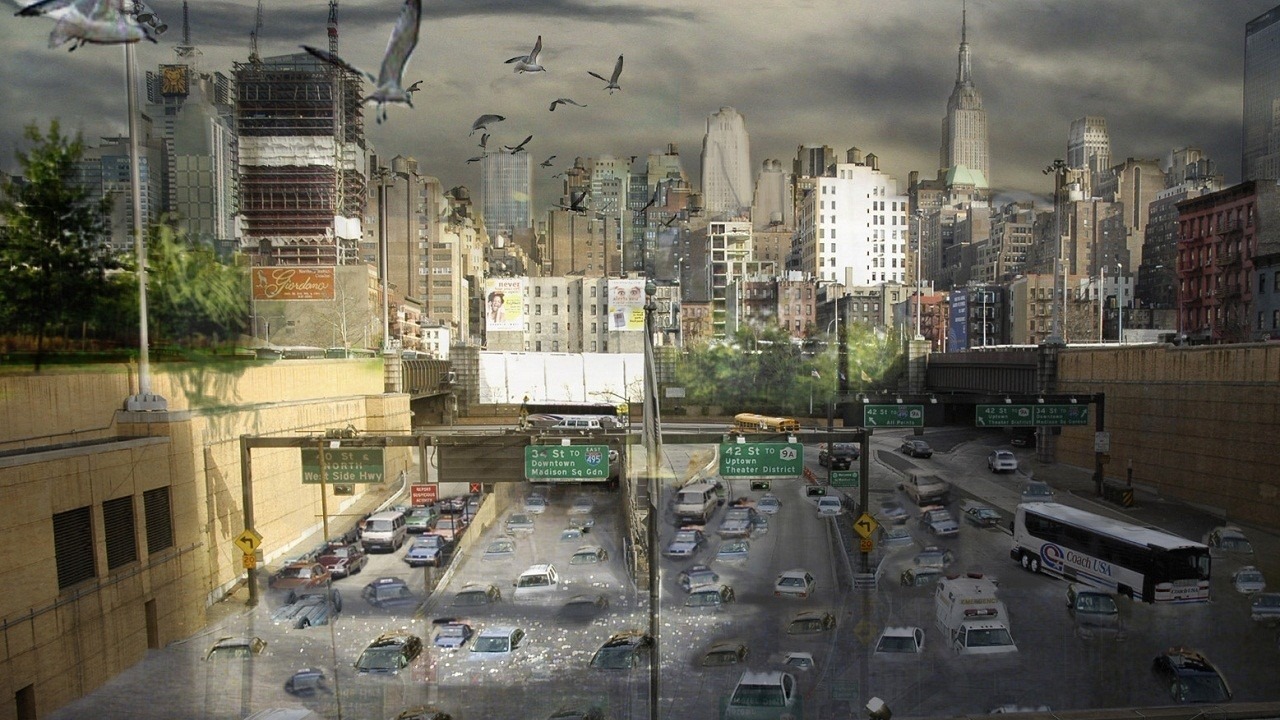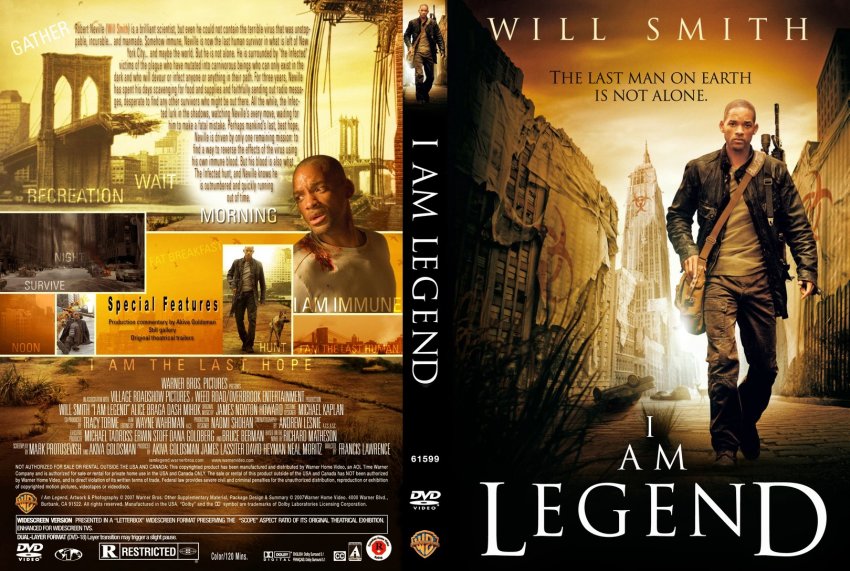
Soon he experiments directly on incapacitated vampires, which leads to a new theory that vampires are affected by mirrors and crosses because of " hysterical blindness", in which the infected now delusionally react as they believe they should when confronted with these items. After he painstakingly attempts to win the trust of a stray sickly dog that dies after only a week, Neville, heartbroken, commits himself even more vigorously to his studies. His experiments with microscopes also reveal that the bacteria are deadly sensitive to garlic and sunlight. Suffering from extreme isolation, depression, and alcoholism, Neville determines there must be some scientific reasons behind the vampires' origins, behaviors, and oddly specific aversions, so he gradually researches at his local library, discovering that the root of the disease is probably a Bacillus strain of bacteria capable of infecting both living and deceased ("undead") hosts. Occasional flashbacks reveal the horrors of how the disease claimed the lives of his wife and daughter. During the day, the vampires are inactive, allowing Neville to drive around stabbing them with wooden stakes (since they seem impervious to his gun’s bullets), which causes them to instantly liquefy, and scavenging for supplies. He is further protected by the traditional vampire repellents of garlic, mirrors, and crucifixes. Neville, possibly the sole survivor of the pandemic, barricades himself indoors nightly as swarms of vampires violently surround his house.

The vampires conform remarkably to their stereotypes in fiction and folklore: they are blood-sucking, pale-skinned, and nocturnal, though otherwise indistinguishable from normal humans. Set on Cimarron Street in 1976 Los Angeles after an apocalyptic war that ravages the land with weekly dust storms, the novel details the life of Robert Neville in the months and eventually years after the outbreak of a pandemic that has killed the rest of the human population and turned infected survivors into " vampires".

Romero's Night of the Living Dead (1968). The novel was a success and was adapted into the films The Last Man on Earth (1964), The Omega Man (1971), and I Am Legend (2007). I Am Legend is a 1954 post-apocalyptic horror novel by American writer Richard Matheson that was influential in the modern development of zombie and vampire literature and in popularizing the concept of a worldwide apocalypse due to disease.


 0 kommentar(er)
0 kommentar(er)
